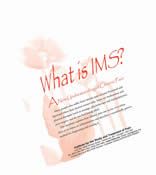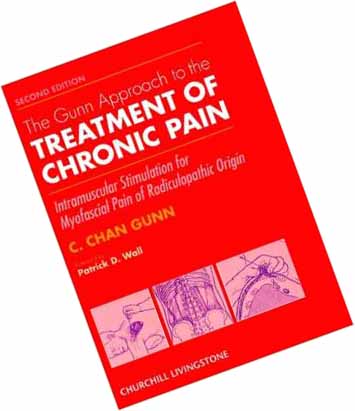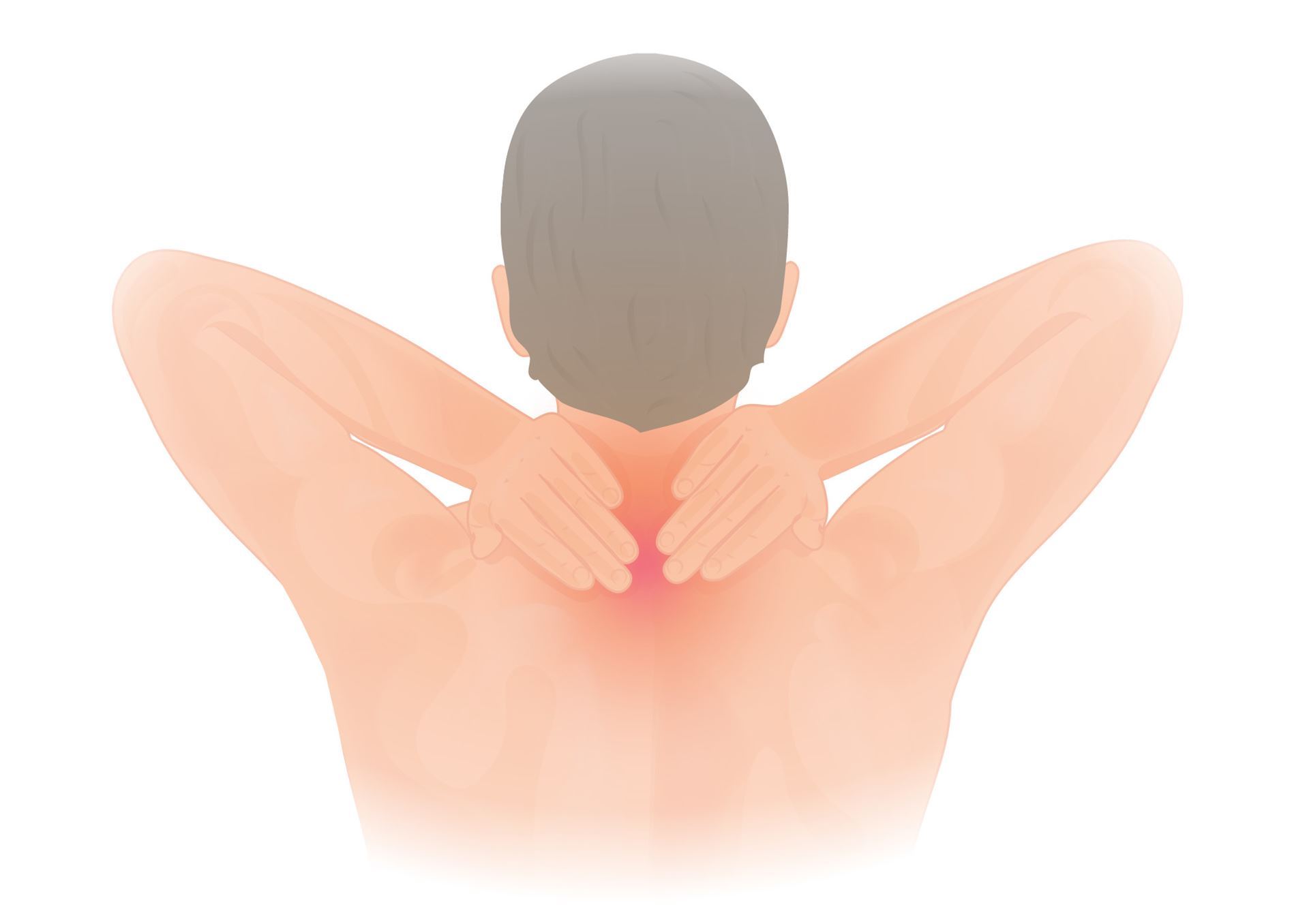REPOST:
Tortured By Chronic Pain? Dry Needling Is an Alternative To Opioids
ARTICLE SOURCE
The Paper of Montgomery County,
Crawfordsville, Indiana USA
December 15, 2019
Maybe a sports injury is the problem. Maybe arthritis or some other health condition is the culprit.
Regardless of the cause, nearly 20 million Americans suffer from chronic pain, worrying every day about flare-ups that interfere with their enjoyment of life. While many people turn to painkillers as their first line of defense, others are finding relief in opioid-free methods, such as dry needling.
“Many people view pain as being a bad thing in itself, but actually it is nature’s warning system, meant to protect us,” says Nicky Snazell (www.painreliefclinic.co.uk), a physiotherapist and author of The 4 Keys to Health and other books.
“We need to heed that warning and address the real cause of the problem, not just look for ways to mask the symptoms.”
While Snazell says painkillers have their place, she prefers an integrative approach to combating pain, combining the most potent aspects of medicine with complementary therapies. Dry needling is one of the methods she’s a proponent of and regularly practices.
For those unfamiliar, here’s how the Mayo Clinic describes dry needling: A thin monofilament needle penetrates the skin and treats underlying muscular trigger points for the management of neuromusculoskeletal pain and movement impairments. Snazell practices what is known as the Gunn IMS method, which also uses dry needling to treat neuropathic pain.
Some professional athletes, such as NBA star Anthony Davis, have turned to dry needling to help them overcome troublesome conditions such as back spasms.
Research indicates that dry needling improves pain control, reduces muscle tension, and normalizes dysfunction of the motor-end plates, the sites at which nerve impulses are transmitted to muscles, according to the American Physical Therapy Association. This can help speed up the patient's return to active rehabilitation.
“Dry needling is used as part of a wider physiotherapy treatment and succeeds where other treatments fail,” says Snazell, who over three decades has performed dry needling with success on thousands of patients in the United Kingdom.
A few points the American Physical Therapy Association says patients should know about dry needling include:
The technique uses a “dry” needle, one without medication or injection, inserted through the skin into areas of the muscle. Other terms commonly used to describe dry needling include trigger point dry needling and intramuscular manual therapy.
Although there are similarities, dry needling is not acupuncture, a practice based on traditional Chinese medicine and performed by acupuncturists. Dry needling is a part of modern Western medicine principles, and supported by research. (There has been controversy in this area, though, with acupuncturists in some states trying to block physical therapists from using the procedure, saying they are infringing on the acupuncturists’ turf.)
Physical therapists who perform dry needling obtain specific postgraduate education and training. When contacting a physical therapist for dry needling treatment, the association says, ask about their specific experience and education.
Beyond dry needling, medication, and other pain-relief therapies, Snazell says those battling pain also can ease some of their suffering through lifestyle changes.
“We need to realize that many causes of pain are self-inflicted and can be easily avoided,” she says. “Find ways to lower your stress level. Change your diet to avoid such things as processed foods and excess sugar. Exercise regularly. All of these activities can play a role in helping you to reduce your pain and get more enjoyment out of life.”
About Nicky Snazell - iSTOP Member Profile
Nicky Snazell (www.painreliefclinic.co.uk), author of The 4 Keys to Health and other books, is director of Nicky Snazell’s Wellness & Physiotherapy in the United Kingdom. She is a physiotherapist and pain specialist. Snazell is the founder of three health companies and still treats patients, embracing holistic physiotherapy, healthy living, and new technology for joint repair. After 30 years of treating patients, including about 14,000 at her clinic’s Midlands location, Snazell has seen a huge success rate. She also makes presentations internationally on health, wellbeing and pain relief.

%20jpg.jpg)

